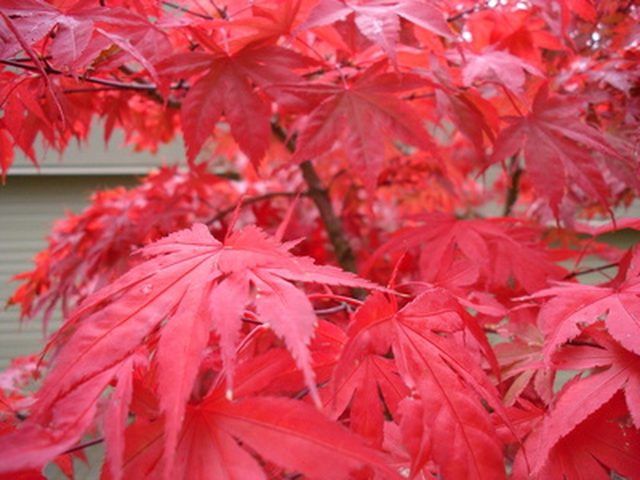Bulbs
Flower Basics
Flower Beds & Specialty Gardens
Flower Garden
Garden Furniture
Garden Gnomes
Garden Seeds
Garden Sheds
Garden Statues
Garden Tools & Supplies
Gardening Basics
Green & Organic
Groundcovers & Vines
Growing Annuals
Growing Basil
Growing Beans
Growing Berries
Growing Blueberries
Growing Cactus
Growing Corn
Growing Cotton
Growing Edibles
Growing Flowers
Growing Garlic
Growing Grapes
Growing Grass
Growing Herbs
Growing Jasmine
Growing Mint
Growing Mushrooms
Orchids
Growing Peanuts
Growing Perennials
Growing Plants
Growing Rosemary
Growing Roses
Growing Strawberries
Growing Sunflowers
Growing Thyme
Growing Tomatoes
Growing Tulips
Growing Vegetables
Herb Basics
Herb Garden
Indoor Growing
Landscaping Basics
Landscaping Patios
Landscaping Plants
Landscaping Shrubs
Landscaping Trees
Landscaping Walks & Pathways
Lawn Basics
Lawn Maintenance
Lawn Mowers
Lawn Ornaments
Lawn Planting
Lawn Tools
Outdoor Growing
Overall Landscape Planning
Pests, Weeds & Problems
Plant Basics
Rock Garden
Rose Garden
Shrubs
Soil
Specialty Gardens
Trees
Vegetable Garden
Yard Maintenance
Why Do Plants Have Color?
Why Do Plants Have Color?. According to the University of Vermont Extension, the reasons plants have different colors is because of pigments within the plant. A variety of pigments are held within different plants, other factors regarding plant color include the amount of sugar and light a plant receives.

According to the University of Vermont Extension, the reasons plants have different colors is because of pigments within the plant. A variety of pigments are held within different plants, other factors regarding plant color include the amount of sugar and light a plant receives.
Pigments
The U.S. Department of Agriculture reports trees and plants are affected in the whole by three main pigments that can change the color of foliage and plant stems. Chlorophyll is the main pigment giving plants their green color, this is an important chemical in the photosynthesis process that provides plants with food and oxygen. Carotenoids are the pigments that provide plants with yellow, orange and brown colors. The red and purple colors that are often seen on the leaves of plants and trees in the fall are provided by pigments called anthocyanins. The amount of different pigments stored in plants gives each plant species their distinctive colors.
Photosynthesis
The foliage of plants and trees is affected by the photosynthesis process with the chemical chlorophyll allowing plants to capture sunlight for the process. As the late summer sees temperatures fall and the amount of daylight available for plants decrease the production of chlorophyll is reduced in each plant. The U.S. Department of Agriculture reports the reduction in chlorophyll allows other pigments stored in the plant to come forward and be seen. The reduction of chlorophyll in plants gives trees and plants their different fall colors.
Flowers
The University of Vermont reports flowers have strong pigments within them in order to produce brightly colored flowers for the purpose of pollination. Plants and flowers reproduce by a process called pollination through which plants and flowers reproduce. According to the Florapedia website plants requiring pollination by insects and birds often have brightly colored flowers to attract the animals. Attracted by bright colors and sweet pollen insects and birds are covered in pollen when they leave one plant and move on to the next transferring pollen around different plants. Florapedia explains that plants reproducing by wind and air are often colored darker as they do not need to attract insects and birds in order to reproduce.
Light
The University of Vermont reports the colors seen on plants can change through the view of different animals. In human beings the perception of color can also change between the genders and can be altered in appearance by the amount of sunlight hitting the plant.
Varieties
According to the U.S. Department of Agriculture some plants do not have different pigments available in their foliage and shrivel up and die when fall arrives. The red maple has large amounts of anthocyanins within its leaves meaning that in the fall the foliage becomes a scarlet red. In contrast, the Beech has larger amounts of the pigment cartenoids making its foliage change from green in the spring and summer to a light tan color in the fall.